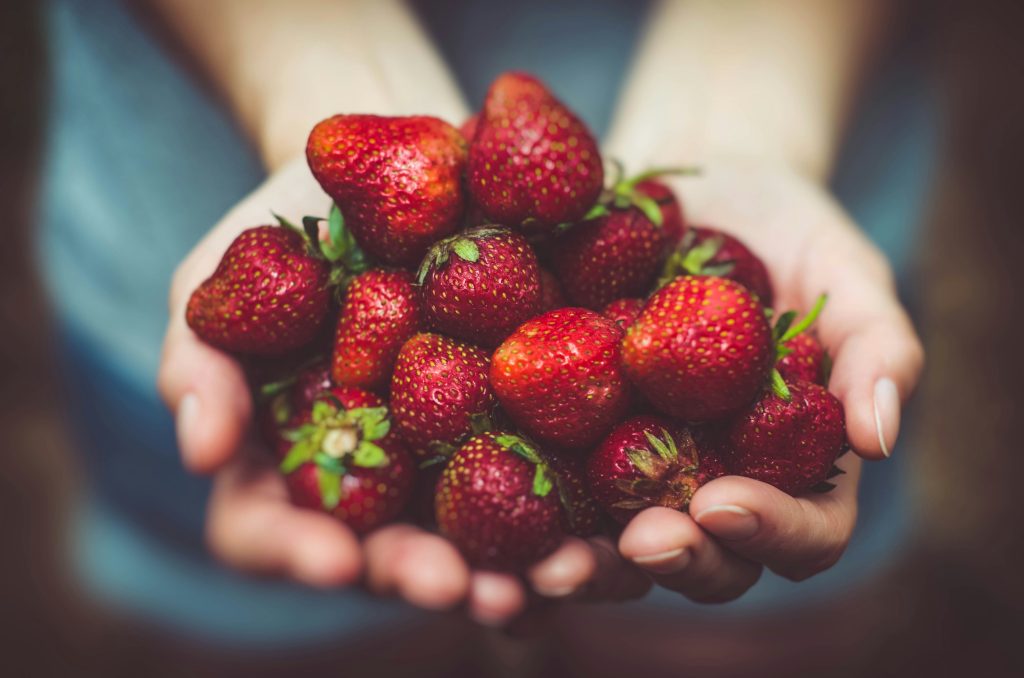Food and Beverage Trends of 2024: A Comprehensive Wrap-Up
As 2024 draws to a close, the food and beverage industry continues to reflect the evolving tastes, values, and lifestyles of consumers worldwide. From sustainability to technology-driven dining, here’s a look back at the trends that defined the year.
1. Sustainability Takes Center Stage
Sustainability remained a dominant theme in 2024, with brands embracing eco-friendly practices at every level. Key highlights included:
• Plant-Based Innovation: The rise of plant-based meats and dairy alternatives showed no signs of slowing, with new entrants offering better taste and texture. Lab-grown seafood also made a splash, appealing to environmentally conscious consumers.
• Zero-Waste Dining: Restaurants and food manufacturers embraced zero-waste initiatives, repurposing food scraps and minimizing packaging waste.
• Regenerative Agriculture: More companies supported farmers using regenerative practices, ensuring soil health and biodiversity while combating climate change.
2. The Rise of Functional Foods
Consumers continued to seek foods that do more than satisfy hunger, focusing on health and wellness:
• Mood-Boosting Ingredients: Adaptogens, nootropics, and probiotics found their way into snacks, beverages, and even desserts, promising stress relief and cognitive benefits.
• Protein Revolution: Protein-packed snacks and drinks remained popular, with innovative sources like mycoprotein and insect-based proteins gaining traction.
• Immunity Boosters: Post-pandemic health consciousness fueled demand for ingredients like turmeric, elderberry, and vitamin D.
3. Tech-Driven Dining Experiences
The intersection of food and technology brought unprecedented innovation:
• AI-Powered Menus: Restaurants used AI to create hyper-personalized dining experiences, recommending dishes based on past preferences and dietary needs.
• Robot Chefs and Servers: Automation became a reality in kitchens and dining rooms, reducing labor costs and improving efficiency.
• Blockchain for Transparency: Blockchain technology allowed consumers to trace the journey of their food, ensuring authenticity and ethical sourcing.
4. Global Flavors and Fusion Cuisine
The world continued to shrink on the plate as diverse cuisines and unexpected flavor combinations gained popularity:
• Middle Eastern Renaissance: Ingredients like za’atar, tahini, and sumac gained mainstream appeal, reflecting a growing love for Middle Eastern flavors.
• Latin American Spices: Aji amarillo, guava, and pepita found their way into sauces, marinades, and desserts.
• Cross-Cultural Fusion: Chefs blended techniques and ingredients from different culinary traditions, resulting in unique dishes like sushi tacos and kimchi quesadillas.
5. Beverage Innovation
The beverage industry witnessed a wave of creativity in 2024:
• Low- and No-Alcohol Options: With mindful drinking on the rise, craft mocktails and low-alcohol beers dominated menus.
• Functional Beverages: Drinks infused with adaptogens, CBD, and collagen catered to health-conscious consumers.
• Nitro and Cold Brew 2.0: Coffee and tea brands experimented with new formats, offering bold flavors and smooth textures.
6. Convenience Without Compromise
Busy lifestyles drove demand for quick, high-quality options:
• Premium Ready Meals: Frozen and pre-packaged meals offered gourmet experiences at home.
• Delivery-First Brands: Virtual kitchens and delivery-only concepts flourished, offering everything from fine dining to comfort food.
• Smart Packaging: QR codes and smart labels provided cooking instructions, nutrition details, and sustainability metrics.
7. The Social Side of Food
Dining continued to be a shared experience, both in-person and online:
• Food as Content: Social media platforms buzzed with visually stunning dishes, DIY recipes, and viral food challenges.
• Pop-Up Dining Experiences: Exclusive, limited-time events offered food lovers unique and shareable experiences.
• Community-Centric Initiatives: Restaurants and brands prioritized inclusivity and community-building, offering pay-what-you-can meals and hosting cultural festivals.
Final Thoughts
The food and beverage industry in 2024 demonstrated resilience and creativity, adapting to consumer demands for sustainability, health, and innovation. As we look ahead to 2025, it’s clear that the appetite for change will continue to drive the evolution of what we eat and drink.
What trends do you think will shape the industry next year? Share your thoughts and let’s keep the conversation going!
